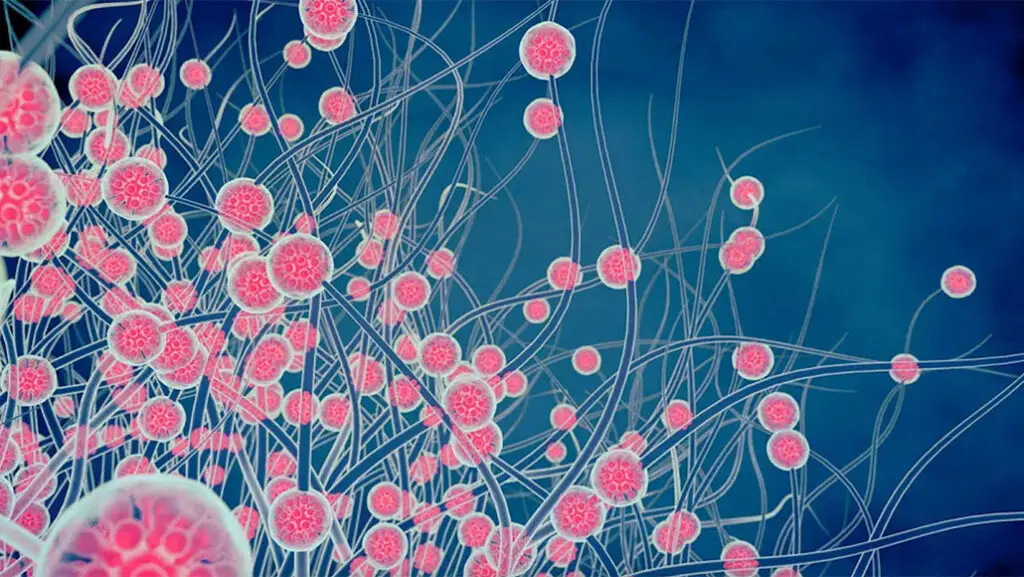Science News saw more than 21 million visitors on their website this year, and now it’s time to look back at the most popular stories of 2023. Here are the top news stories:
Fungi that cause serious lung infections have been found throughout the U.S., a Medicare records analysis from 2007 to 2016 shows. Histoplasma, Coccidioides, and Blastomyces fungi, once believed to be confined to specific regions, have become more widespread (SN: 1/14/23, p. 32).
Ötzi the Iceman’s DNA reveals surprising new ancestry, suggesting his ancestors were Neolithic farmers and not from the Pontic-Caspian steppe as previously thought. Additionally, Ötzi showed signs of male-pattern baldness and darker skin than previously believed (SN: 9/23/23, p. 5).
Mathematicians have discovered an elusive “einstein” tile, a 13-sided shape named the hat, which forms a pattern that covers an infinite plane without repeating (SN: 4/22/23, p. 7).
Earth’s inner core may be reversing its rotation, temporarily ceasing to spin relative to the mantle and crust in 2009. This suggests that the inner core may be entering a cycle of spin reversal that occurs every few decades (SN: 2/25/23, p. 7).
Astronomers have observed shock waves shaking the cosmic web for the first time, located along the magnetic fields that fill the universe. The discovery, revealed by analyzing hundreds of thousands of radio satellite images, could provide valuable insight into these enigmatic magnetic fields (SN: 3/25/23, p. 14).
The top TikTok video for the year featured Beethoven’s hair and discussed what DNA extracted from the composer’s locks reveals about his potential cause of death.
In addition, the top long reads for the year included:
– A massive cavern beneath a West Antarctic glacier teeming with life, insight into the past of the continent.
– An expansion of the definition of loneliness by social scientists, shedding light on new ways to understand and manage the feeling.
– Deep brain stimulation for treating depression, offering a glimpse into the lives of patients undergoing the experimental treatment.
– Exploring the truth about depression, challenging the notion of a “chemical imbalance” in the brain as the cause.
– The potential role of grid-forming inverters in leading the transition to clean energy sources by stabilizing the power grid as coal-fired power plants close down (SN: 8/26/23, p. 22).
As Science News looks back at the most-read and watched stories of 2023, it’s clear that a variety of scientific discoveries captured the attention of millions of visitors on their website.
Source link

